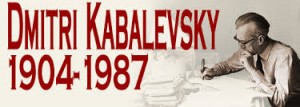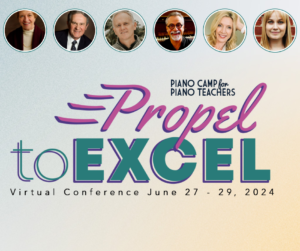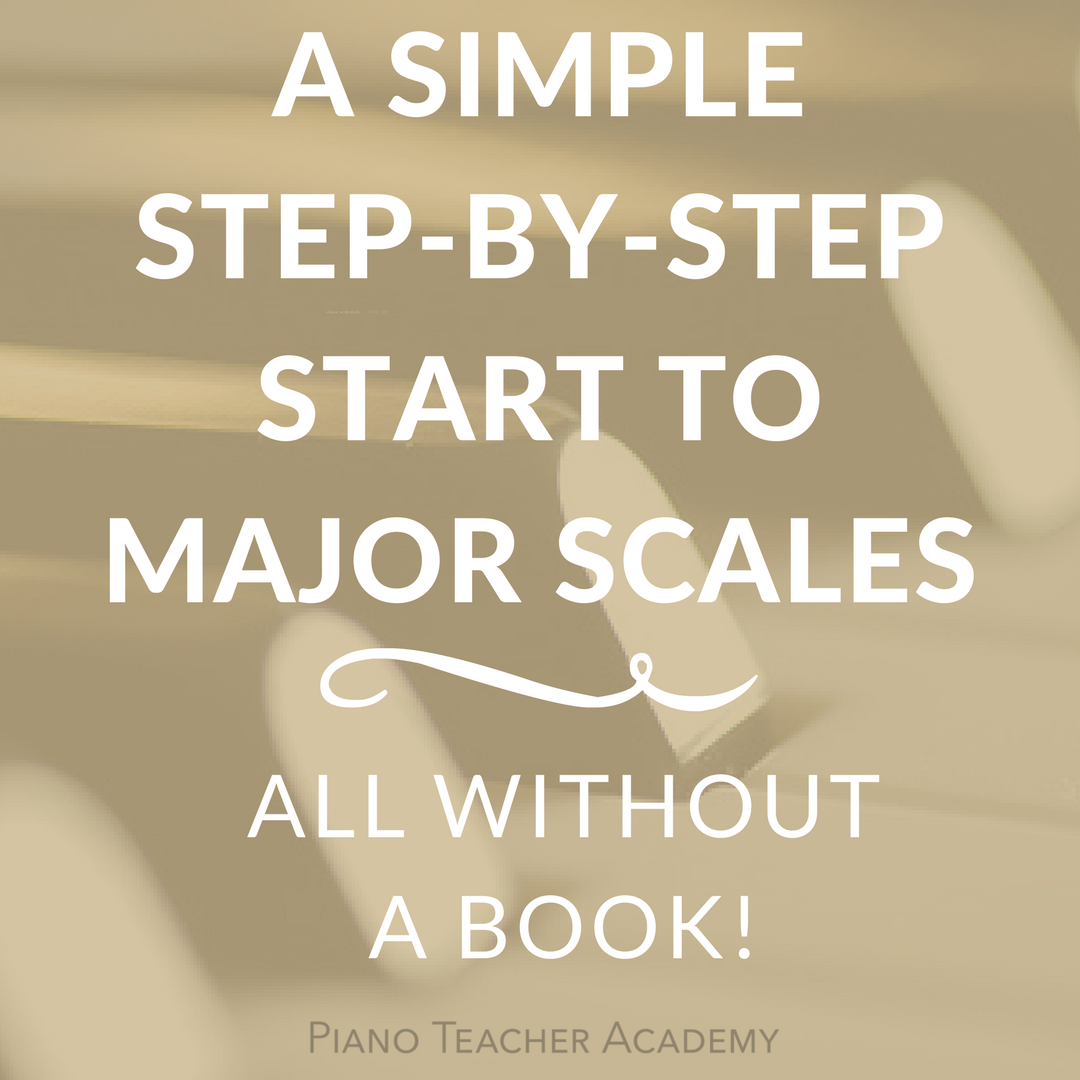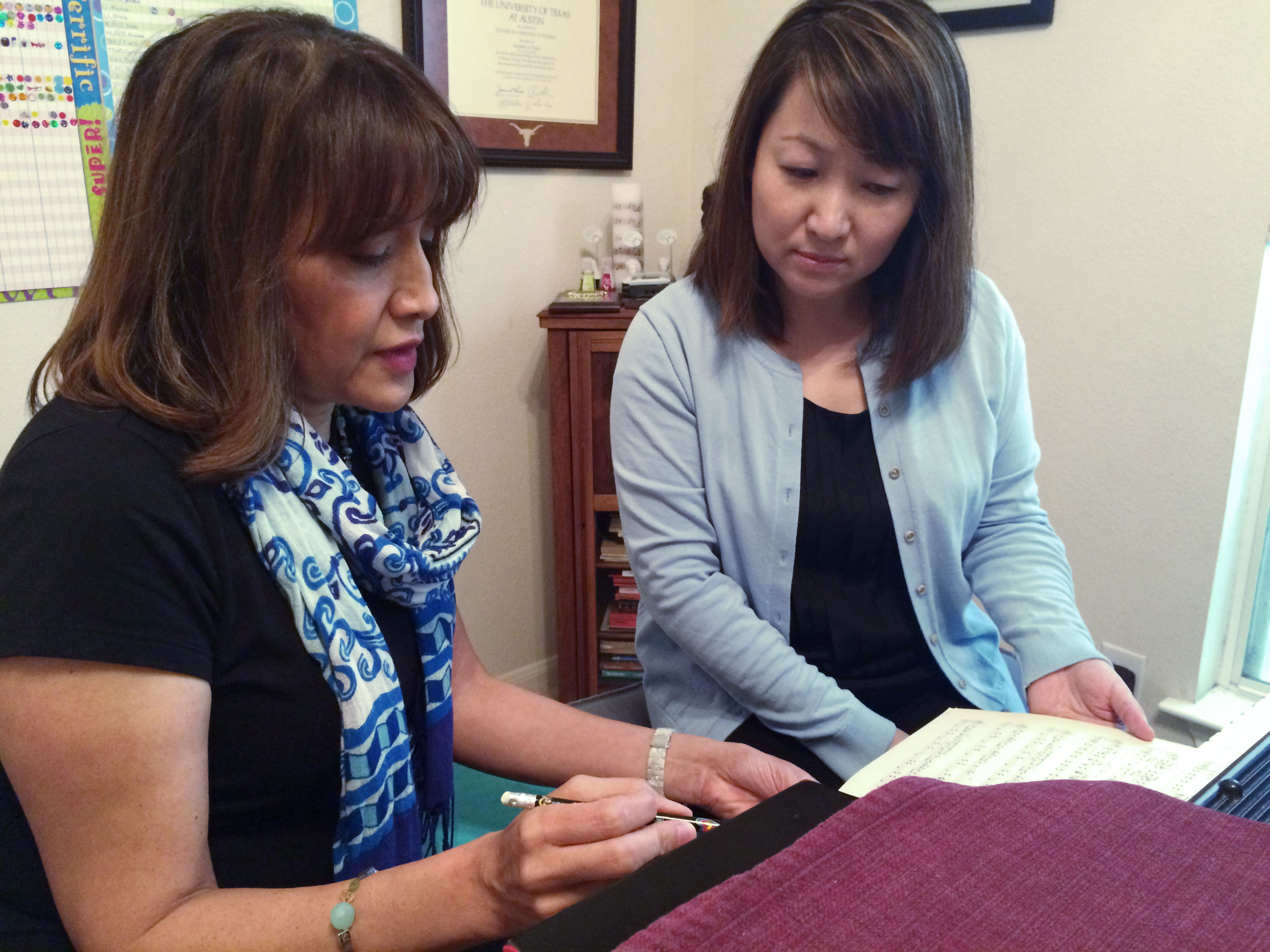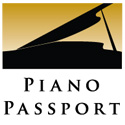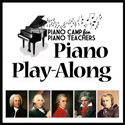A Note About Kabalevsky Editions
When deciding on which Kabalevsky edition to use for the Piano Play Along, I did a little research to try and find the one that Kabalevsky himself may have overseen and edited, i.e., an “authoritative” edition. I consulted with Joshua Parman, Classical Music Editor at Hal Leonard Corporation. Here’s what he had to say:
“Because USSR copyrights were not recognized by many other countries for much of the last century, unauthorized editions of Kabalevsky’s music appeared until the mid-1980s all over the world. In addition, the rights of many individuals to have legal access to and representation for their own intellectual property was quite different in communist Russian than it is now under a different government structure. As a result, some composers simply did not make the effort to oversee “authorized” editions. Most illegal and inaccurate Kabalevsky editions have been suppressed under new international legislation in the last thirty years. However, the historical facts make the question of “authoritative” editions of Kabalevsky’s music thorny at best, and at worse, impossible to know. Supposedly, the Schirmer edition was seen and approved by Kabalevksy in 1985, but there is no evidence immediately available to support this claim. In editing the new Schirmer edition of opus 27, I found only one note difference between the Boosey and Schirmer editions and only a handful of differences in articulation and dynamic markings. Though this is a different opus number, it is telling that the editions were virtually the same. So the answer is, we don’t know which is “authoritative.” But based on the things we do know, I would say Schirmer is the best bet.”I found this very helpful. I’ll probably continue to give my students the Schirmer or Boosey editions of Kabalevsky or at least consult them for accuracy if the student is using a mixed anthology.
